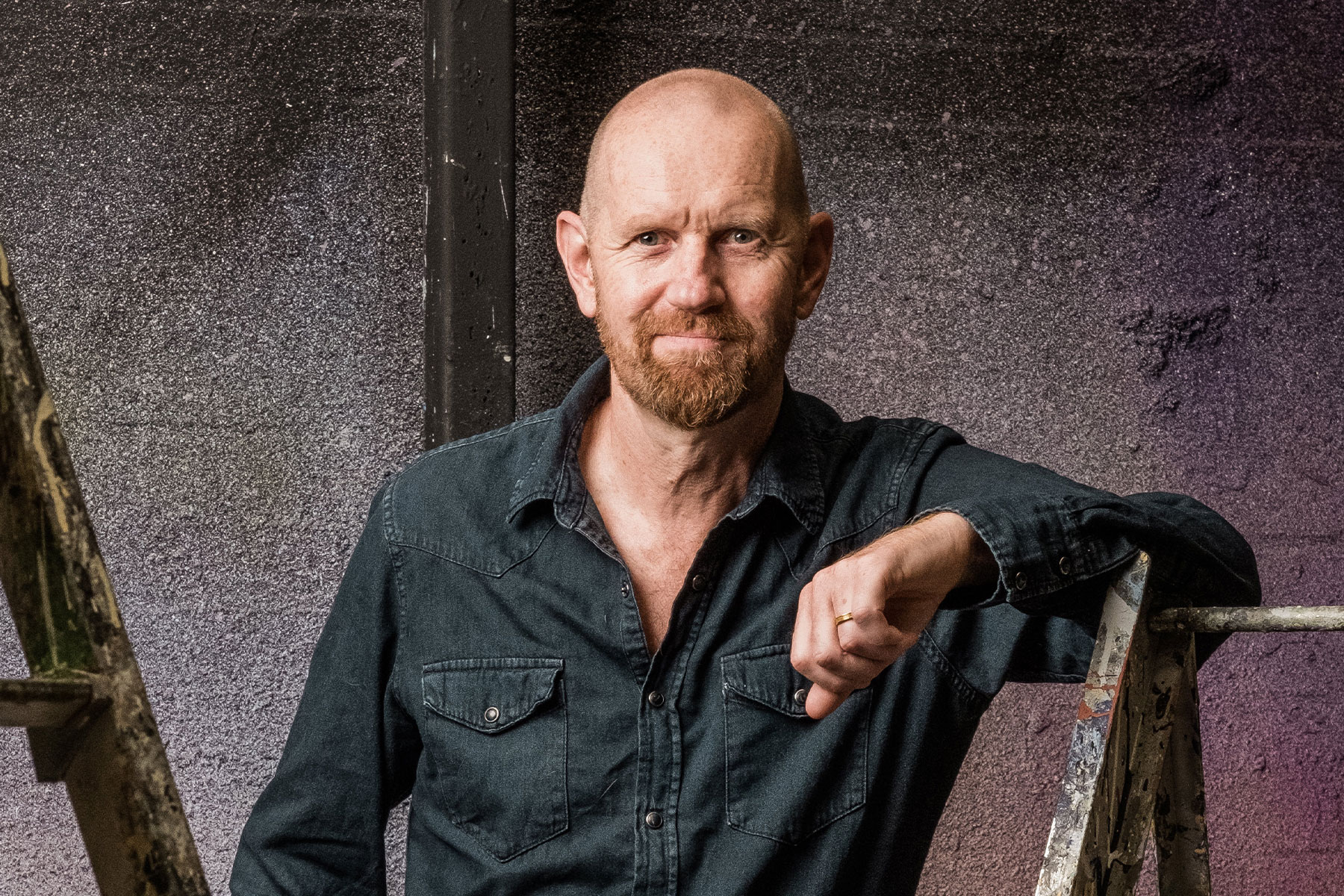No Way Out (Huis Clos)
locates his fantasia on the theme that “hell is other people” in a stuffy,
mid-19th-century French waiting room. The wily old existentialist sought to
create an environment of maximum claustrophobia within which his three
ill-assorted characters could drive each other stir crazy.
Cowardly
Garcin, predatory lesbian Inez and spoilt brat Estelle are a match made in, well,
hell – an irony that dawns quickly on these recently deceased souls. Too
quickly, one might think, as the entire premise of the play is established
within the first 30 minutes. The remaining hour needs a sure directorial hand
to prevent the audience from identifying too closely with the trio’s tiresome
eternity.
Director
Luke Kernaghan sets himself a hurdle by locating the play in a forbidding world
of bare brick walls and flickering angle-poise lamps. No satire here, then: the
only things missing from Jess Wiesner’s grim designs are the very instruments
of torture the text denies.
Kernaghan
is not content to let the play speak for itself. He imposes a political slant
by alluding to the dark days of 1970s Argentina, but he does not follow this through
with any conviction. His use of the classic Frank Hauser translation is
especially incongruous in this chamber of horrors where Garcin’s cascade of
urbane, middle-English idioms are delivered in a thick Spanish accent by the
otherwise impressive Miguel Oyarzun.
Aside
from some forgettable video fuzz and the occasional dip into dramatically
unintegrated tango dancing, none of which is obtrusive enough to affect the
play one way or the other, the Argentinian adventure is little more than a
distraction.
A further
problem arises from Kernaghan’s decision (cost-driven?) to dispense with the
character of the Valet and replace him with a disembodied voice on the
intercom. Sartre clearly places this fourth character inside the room and it is
impossible for the damned trio to interact convincingly with a crackly phone
line.
Notwithstanding
all these reservations however, the production grips. Its chief asset is Alexis
Terry’s terrific Estelle: she is petulant, childlike, desperate, passionate and
broken. A pity, then, that such a remarkable performance should be offset by
the posturing Inez of Elisa de Grey, an actress who sets out her character’s
stall the moment she enters and does little to develop it thereafter. Overall,
though, the pace and intensity of Kernaghan’s closing scenes do much to atone
for his conceptual meanderings. Not quite heavenly this Huis
clos, but far from infernal.










